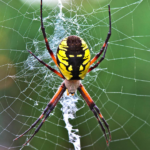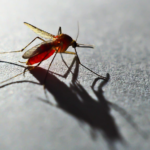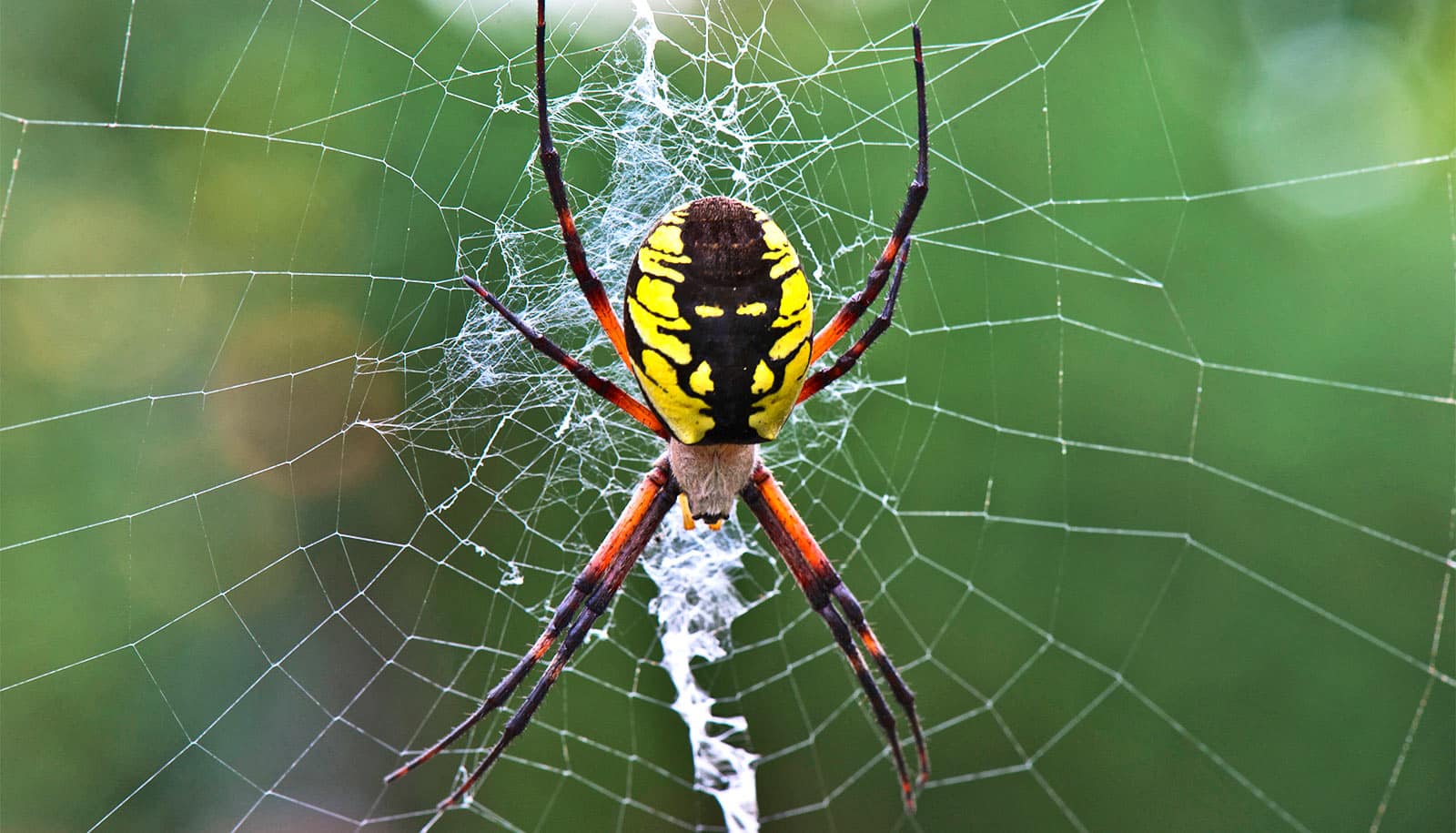An expert has answers for you about the strange types of spiderwebs found in nature.
Spiderwebs evoke a unique mix of fear and awe. Even for those who prefer that spiders stay far away, it’s hard not to appreciate the delicate, silky architecture and radiating patterns made by these tiny creatures.
Not all spiderwebs follow the iconic radial design we usually picture, though.
There are at least five types of spiderwebs made with different silk types, says Wizzie Brown, Texas A&M AgriLife Extension Service integrated pest management specialist in the Texas A&M entomology department in Austin.
The 50,000-plus known species of spiders can produce up to seven types of silks from their glands, which Brown describes like faucets of a soda fountain. Few spiders can make all seven silks, but many have more than one. The varying levels of stickiness give each a particular purpose, such as catching prey or making egg sacs.
Brown says each silk type is tailored to the lifestyle and habitat of the spider to help it survive—whether we like them sticking around or not.
Spiral orb webs
By far the most iconic of the spiderwebs, orb webs are the flat grid or spoke-pattern webs we usually associate with spiders, cemented in the public consciousness by Charlotte, the beloved barn spider from Charlotte’s Web.
Brown says spiders tend to set up their webs in strategic locations, like insect flight paths, to boost their chances of catching prey. Yellow garden spiders are a common type of orb weaver you may encounter around your home.
Spiders build these webs using multiple silk types, with the stickiest parts in the middle. Webs serve as the spider’s home and as a means of catching prey. Brown says orb weavers typically lie in wait for prey in a corner, where they can be easily missed if you don’t look closely.
As with other web styles, the spiders sense the vibrations along the threads when insects wander into the web.
Tangle webs or cobwebs
Tangle webs lack the intricate design of orb webs and instead opt for a cottony mesh of spider silk. However, it’s easy to see why these webs are still effective for catching prey—especially if you’ve ever walked into one.
Brown says these often cause concern to homeowners because they’re the kind of web made by cobweb or comb-footed spiders, including the infamous black widow. However, the sight of a cobweb isn’t necessarily cause for concern.
“Not all cobwebs house dangerous spiders,” she says. “You’re much more likely to see a common house spider in a cobweb than a black widow.”
Sheet webs
The tangled, hammock-shaped structures most likely to be seen strewn across grass are known as sheet webs. Commonly found on vegetation, the spiders responsible for these traps tend to wait underneath the webs for insects to fall onto them from above.
Sometimes mistaken for wolf spiders, American grass spiders are one common type of sheet-web spinner.
Funnel webs
Funnel webs might conjure thoughts of the highly toxic Australian funnel-web spider, but Brown says the spiders in the US that make these types of webs—like barn funnel weavers—are generally harmless. The webs are tunnel-shaped and often built close to the ground or around the base of trees.
“The spiders usually stay in there, but they build the tunnel with two openings, so they have an escape route if needed,” Brown says. “And they dart out to catch prey that comes close enough.”
Net webs
Not content with the passive approach, net-casting weavers in the ogre-faced spider family—named so for their large eyes—prefer to take a more active approach to hunting. Brown says she thinks of these as the Spider-Man group.
After weaving small, net-like webs, these spiders wait for prey to come near and then fling a silk net over them from above. They then devour the insect right away or wrap it up in silk to eat later.
Trapdoor spiders’ burrows and trip lines
Though not considered a type of web, trapdoor spiders deserve recognition for the silk-walled underground burrows they call home and the trip lines and hinged doors they employ to catch prey. These spiders are often mistaken for tarantulas because of their large, stocky bodies and thick legs.
Trapdoor spiders hide beneath a camouflaged door, waiting to ambush unsuspecting insects that pass by. Brown says these spiders pop out and snatch passing insects. Luckily, they pose little threat to humans—aside from inducing nightmares.
Source: Ashley Vargo for Texas A&M University
Author Profile
- "Center" Bias Rating
- Futurity is a nonprofit website that aggregates news articles about scientific research conducted at prominent universities in the United States, the United Kingdom, Canada, Europe, Asia, and Australia. It is hosted and edited by the University of Rochester.
Latest entries
 ScienceOctober 8, 2024How spiders use weird web tricks to snare prey
ScienceOctober 8, 2024How spiders use weird web tricks to snare prey ScienceOctober 6, 2024Are you too old for braces?
ScienceOctober 6, 2024Are you too old for braces? ScienceOctober 6, 2024New drug fights tough malaria parasites
ScienceOctober 6, 2024New drug fights tough malaria parasites ScienceOctober 4, 2024Age-related blindness clues may pave way for new treatments
ScienceOctober 4, 2024Age-related blindness clues may pave way for new treatments

